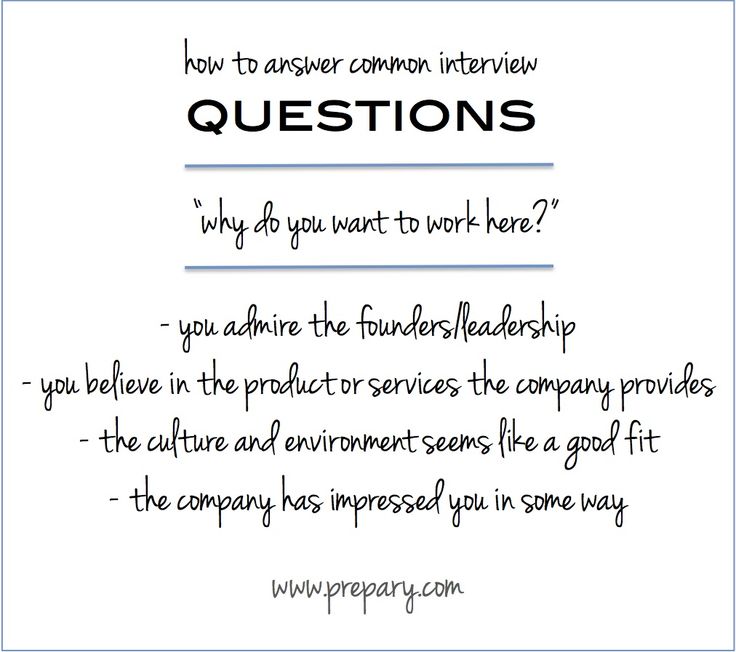
There are many education degrees. Before deciding which degree to pursue, there are many things you should consider, including the requirements for the education degree, the job outlook and the career path. This article will inform you about the various educational programs and career paths. Here are some helpful tips to help you choose the right course.
Careers in education
Education careers are very rewarding. There are many options. Some jobs require more administrative skills, but most involve working with students or teachers. Some even have to develop curriculums or assist students with problems. Some of these careers are also part of the federal government, and some are even in private practice.
First, you need to choose what kind of career you want in education. It is possible to be interested either in teaching, research in educational policy, or in education technology. The Careers in Education program has a core curriculum, four elective courses, which typically take about a full year. If you're interested in a different career path, an Advanced Course Request form is required.

Degree requirements
There are many requirements for undergraduate degrees, depending on what institution they are at and which major they are. Some universities require that you have a high school diploma or GED certification. Others may be more flexible. Some schools require a minimum GPA. Others may require remedial coursework. You can also take courses that are related to your major or minor. You should be aware of the requirements if you are planning on pursuing a graduate degree.
A degree in education may lead to a variety if positions in public and private schools. A graduate may be qualified to teach or hold leadership or administrative positions at educational institutions. Many teachers will continue their education to obtain a master's degree.
Perspectives for the future
You should consider your future career prospects and the outlook for your job. According to the U.S. Bureau of Labor Statistics, higher education levels lead to higher earnings and less unemployment. But education is not always the key to the highest paid career. Even those with less education may still be able to succeed in their field.
Job outlook measures the change in employment rates for a specific occupation over a specified period of time, usually two, five, or ten years. This data is used to predict the number of people who will be employed in a specific occupation within the time frame. It's important to know how much an occupation will change over time when choosing a career path.

Career paths
There are many career options available for those who want to continue their education. There are traditional four-year colleges, two-year colleges, vocational programs, and the military. Many young people have difficulty in school due to learning disabilities or thinking difficulties. They mistakenly believe they only have one option: a traditional four-year college. In reality, they have many options.
Talking to professionals in a particular field and reading about it are all ways to get information. You can also ask your family and friends for help. You can also look for job opportunities in your local area. You can also attend career fairs or conferences.